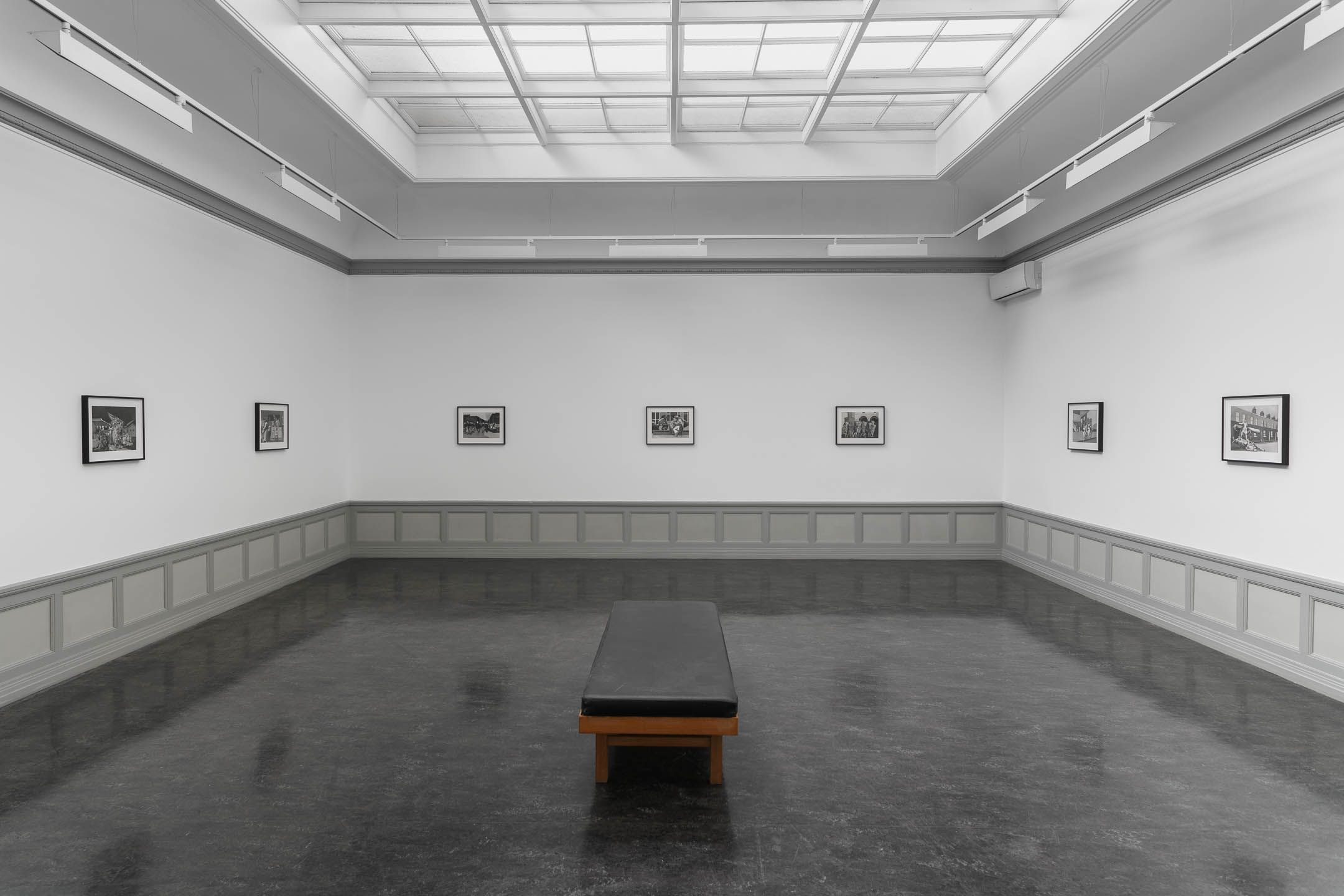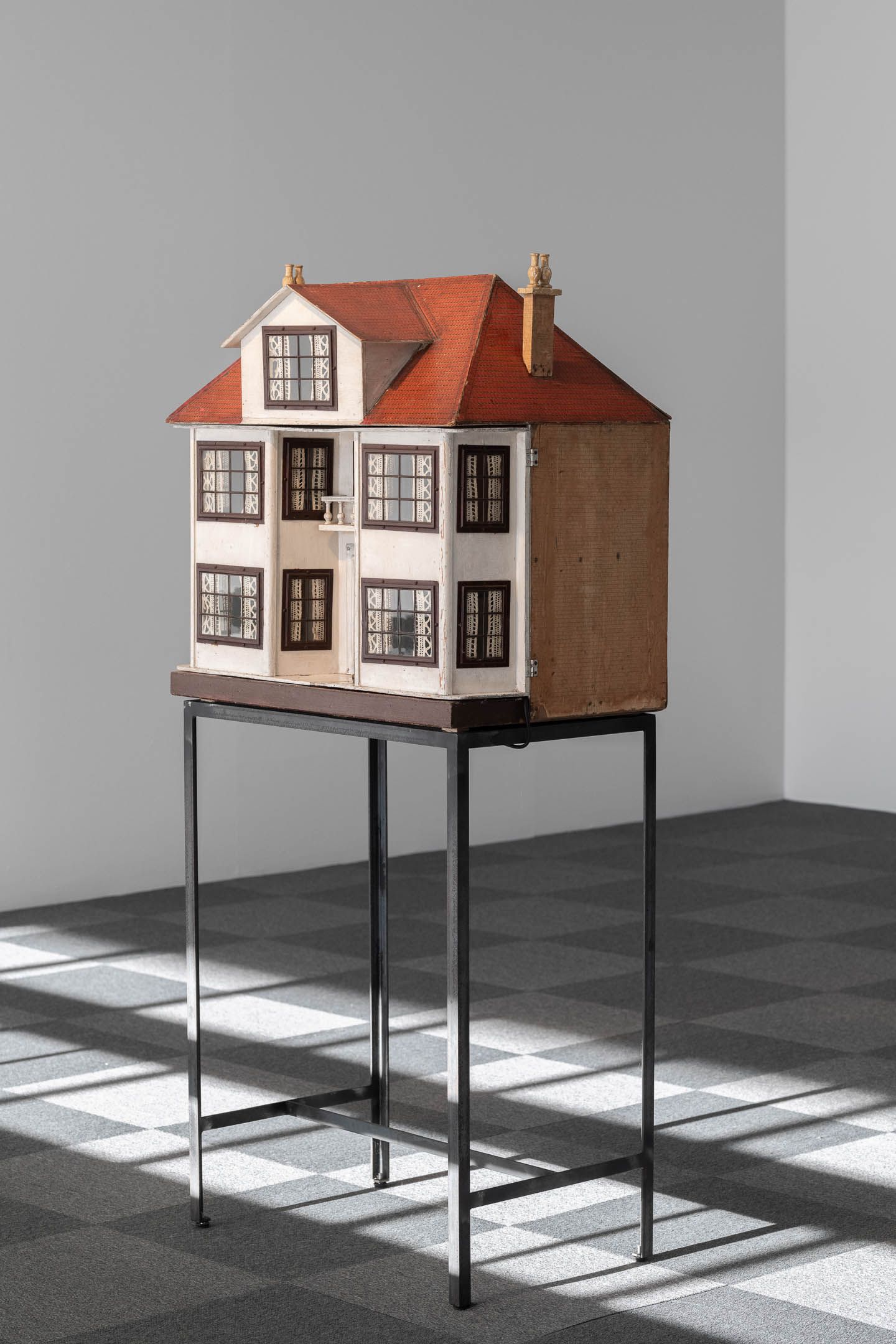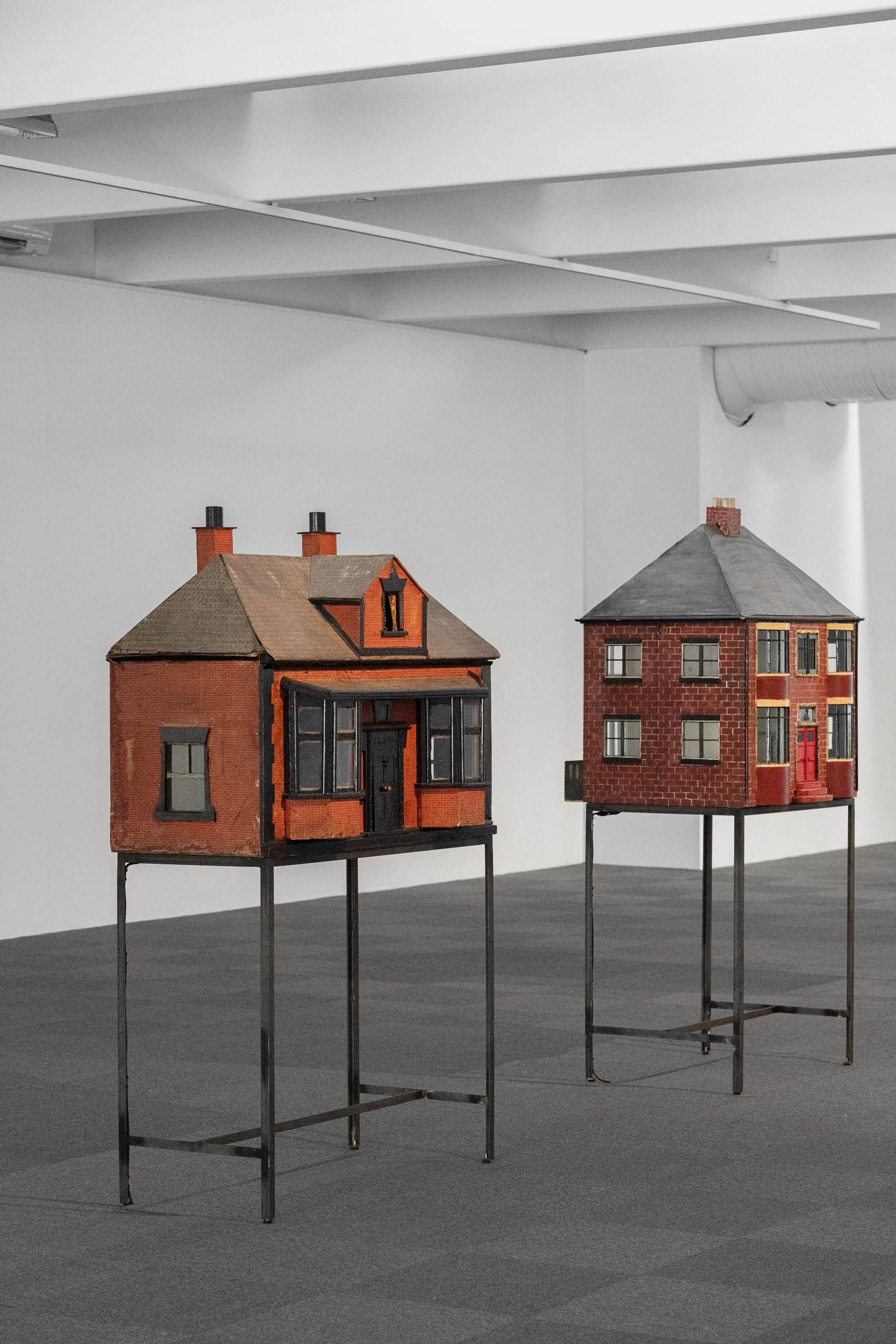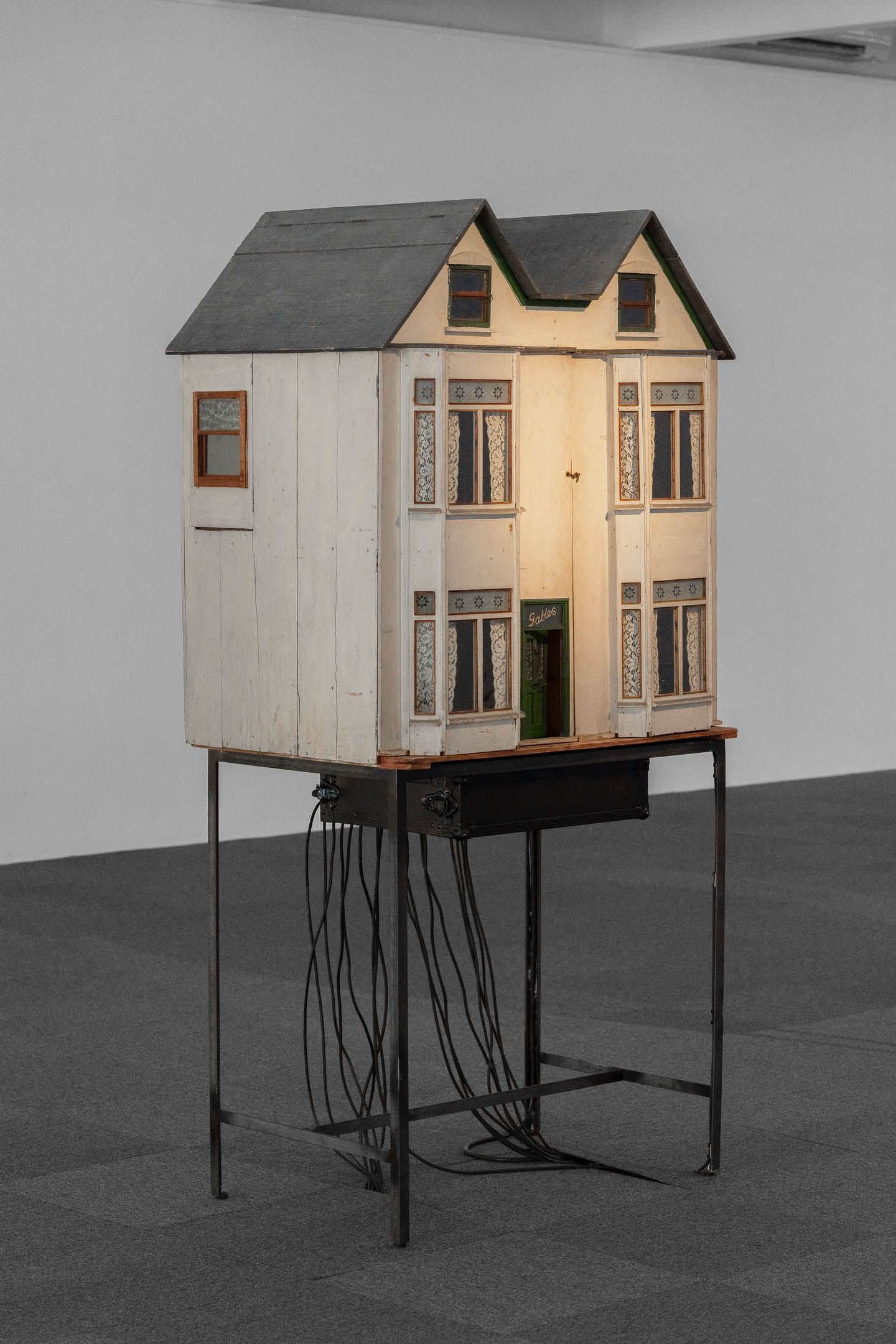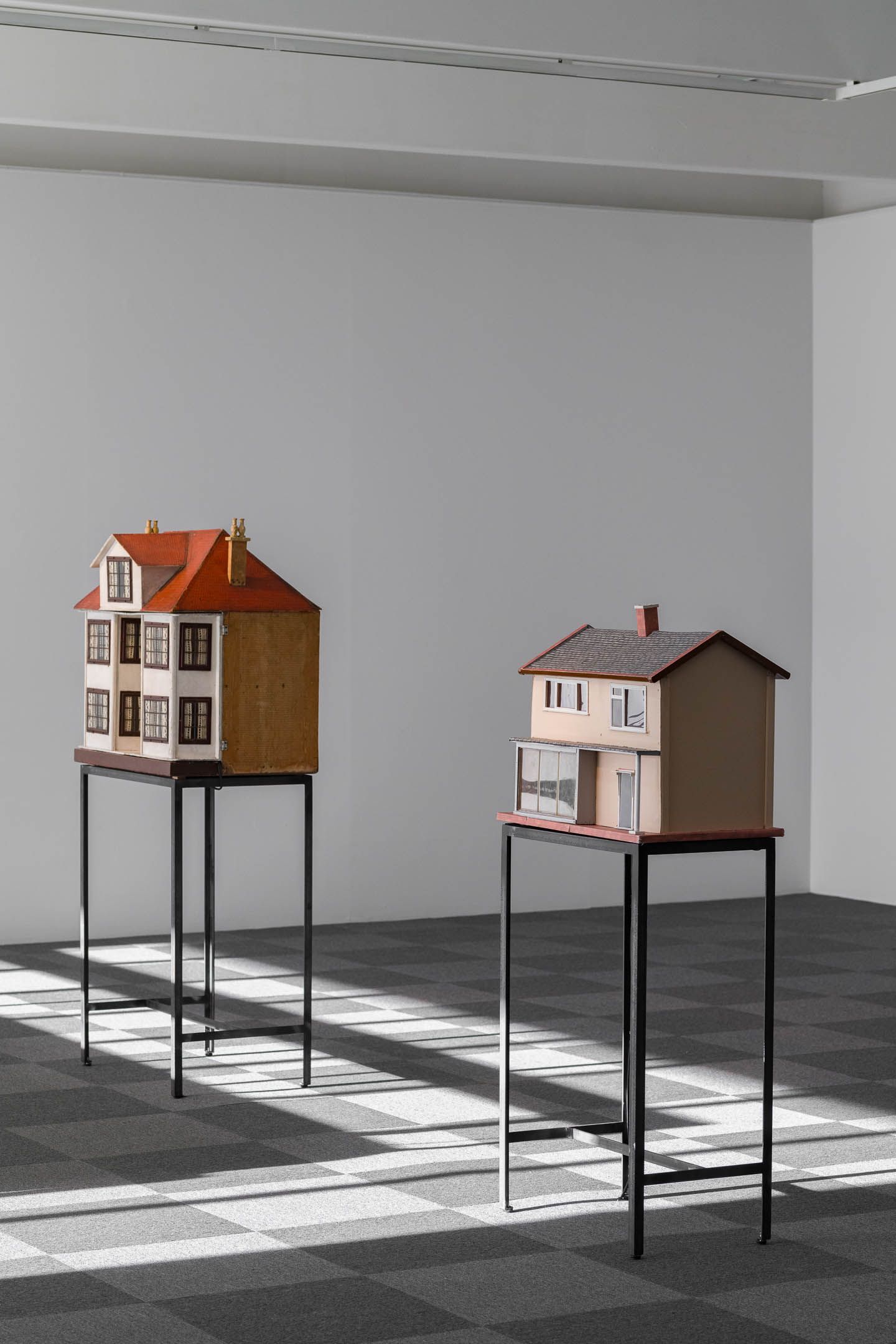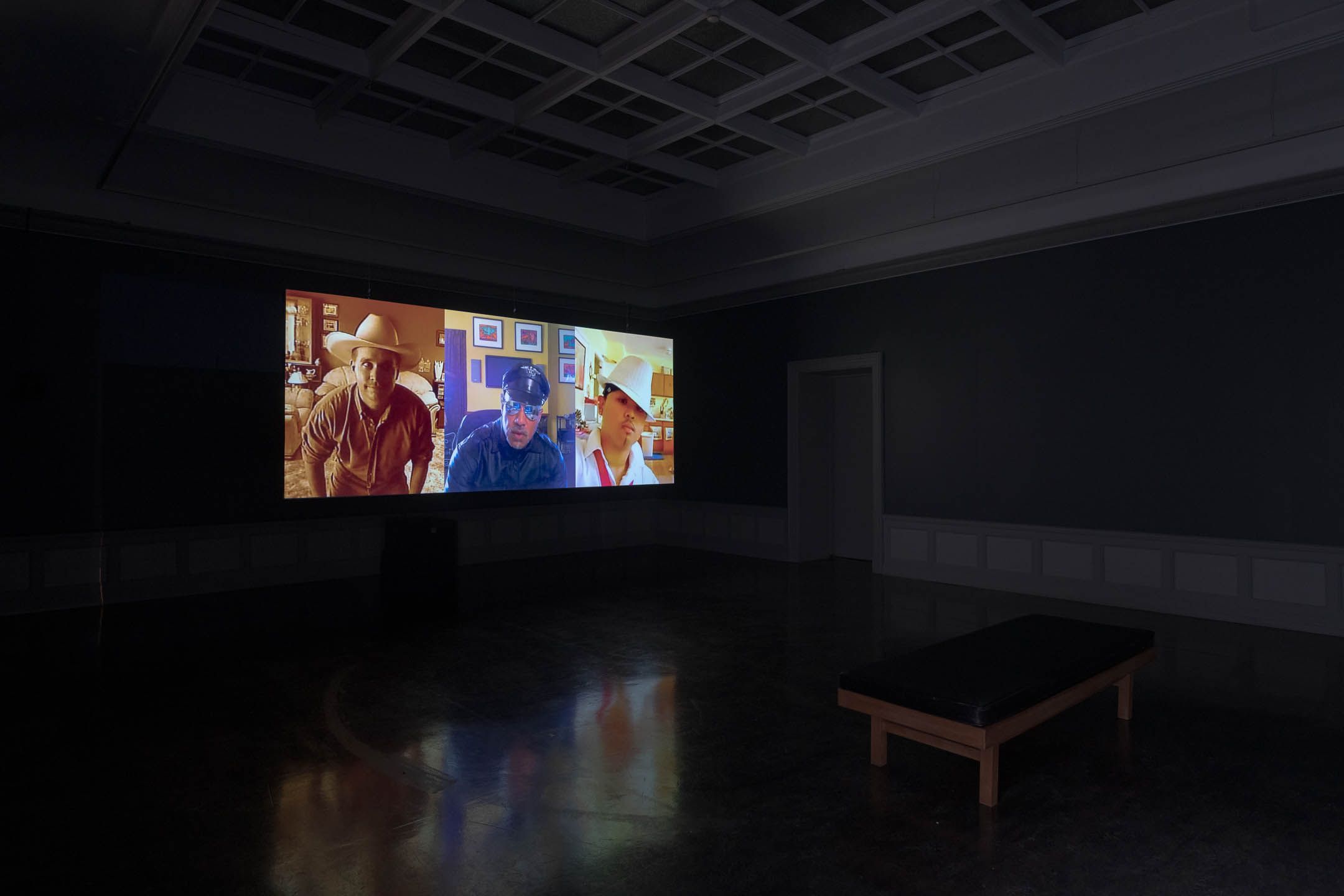Initially, this project began as an extension of the Disgrace series. We were interested in the fact that feminist discourse has situated the home as a site of women's oppression; a place where they are expected to perform domestic, emotional, reproductive and sexual labour for free, subordinate to their fathers or husbands. The home is a space where gender and gendered roles are both invented and reproduced. On the other hand, for early feminists and the women who were first to be enfranchised with the vote of the propertied class, the home was a signifier of wealth, power and mobility that allowed these women to exercise soft political power through social gatherings. Dollhouses were originally intended for display and were often replicas of the owner’s home. In play, they trained young women about the upkeep of a house. The dollhouses also represent microcosms of British class. Class is made visible through the arrangement of rooms; kitchens, sculleries and laundries in the basement, decadent living rooms in the floors above, and rudimentary staff bedrooms in the eaves. We started collecting dollhouses that corresponded with the time periods displayed in the Disgrace etchings; a house from almost every decade starting in the 1890’s to the present day, representing the changes in domestic architectural styles throughout these periods. When we began working with Owen Pratt on the sound piece, the work really opened up for us. We began to consider how domestic spaces are designed to engineer familiar gender roles, but in reality, they become containers of a varied multiplicity of identities, many of which resist the burden of the domestic. Often, people have an emotional response to this work; the sound evokes a lot of feelings and people are sometimes reminded of the home they grew up in. We were interested in the fact that for some, the home is a site of love and safety, whilst for others, it is a site of danger and violence. We wanted to make a work that could contain all these emotional realities whilst also providing space for optimism and dreams.


